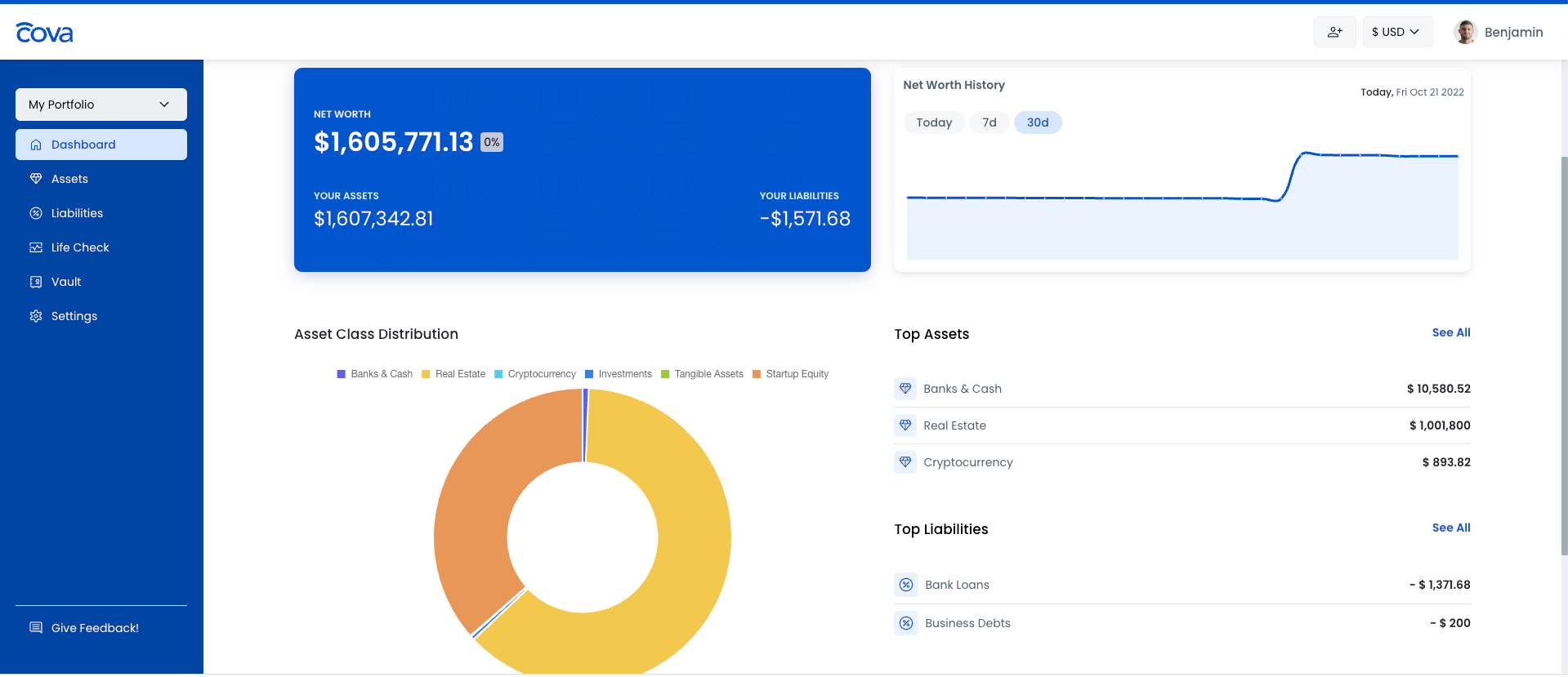
Today, we buy stocks at the speed of thought. Whether you are buying stocks using apps like Robinhood or you are working with a stock broker, here are five ways to keep optimising your stock portfolio for great returns.
Review your goals and objectives for investing. Are you hoping to achieve financial stability, growth in your stock portfolio, or some combination of the two? Once you know what you're looking for, you must decide what type of investor you are. There are three types: active investors, balanced investors, and conservative investors.
1. Determine what type of investor you are.
Are you more aggressive or conservative when it comes to risk-taking? Do you want to focus on long-term growth or on minimizing losses? Once you've determined your style, look at how much time frame is appropriate for your investment goals. Some people choose to invest quarterly, while others may opt for yearly goals; each has its own benefits and limitations.
2. Keep track of all your stocks and other assets with Cova.
If you are an active investor, chances are you have stocks on multiple platforms and also have other investments like 401k, ETF, real estate, bonds etc. Cova also helps you sync all your investments from multiple sources and monitor it all in just one dashboard. You can easily collaborate with your attorneys, financial advisors and spouses on your assets. You can also set up a Life check tool to ensure if anything happens to you, your financial data and other important documents are shared with your selected receiver. Get started with Cova free

3. Consider your investment timeframe
How quickly do you want your money working towards achieving gains? If shorter-term investments appeal to you, consider investing in mutual funds, exchange-traded funds (ETFs), stocks, or options; all offer a broad range of options with different degrees of risk/return potential. if longer-term investing is more suited for you, explore bond Funds, real estate Investment Trusts (REITs), and hedge funds, among others which can provide steadier returns over time but also carry more significant risks.
4. Decide how much risk you're willing to take on.
While there is no one correct answer here - everyone has different tolerance levels - knowing where your starting point lies will help narrow down your choices. Generally speaking, though, the higher the yield on an investment vehicle (e .g., stocks) generally means a higher level of risk involved – so be sure that this is something that’s okay with you before diving in head first!
5. Choose the right mix of investments for your portfolio
Depending on what suits your personal goals and tolerance level, choose the right mix that reflects your goals and expectations.
